Home>Furniture & Design>Outdoor Furniture>How To Make An Outdoor Fish Pond
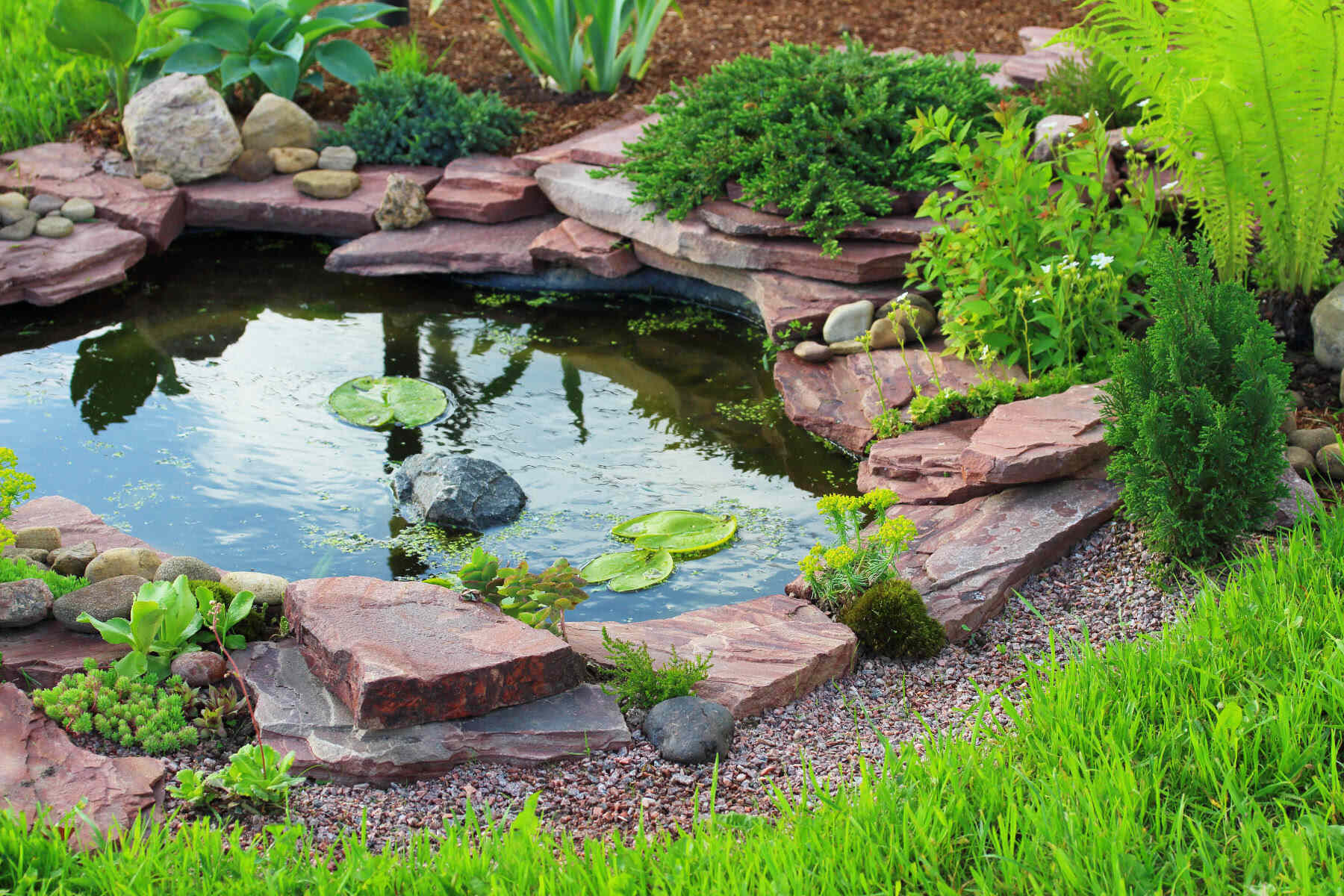

Outdoor Furniture
How To Make An Outdoor Fish Pond
Published: January 13, 2024
Learn how to create a stunning outdoor fish pond with our expert tips and ideas for outdoor furniture, design, and more. Transform your outdoor space today!
(Many of the links in this article redirect to a specific reviewed product. Your purchase of these products through affiliate links helps to generate commission for Storables.com, at no extra cost. Learn more)
Introduction
Creating an outdoor fish pond is a delightful way to bring tranquility and natural beauty to your outdoor space. Whether you're a seasoned aquarist or a novice enthusiast, designing and maintaining an outdoor fish pond can be a rewarding and therapeutic experience. The gentle sound of flowing water, the mesmerizing sight of colorful fish gliding through the water, and the lush greenery of aquatic plants all contribute to a serene and harmonious atmosphere.
In this comprehensive guide, we will explore the essential steps to help you bring your vision of an outdoor fish pond to life. From planning and designing to selecting the right location, choosing suitable fish and plants, building the pond structure, installing filtration and aeration systems, and finally, maintaining your aquatic oasis, we will cover every aspect to ensure the success and longevity of your outdoor fish pond.
Whether you envision a small, ornamental pond with a few vibrant koi fish or a larger, more elaborate ecosystem teeming with diverse aquatic life, this guide will provide you with the knowledge and confidence to embark on this fulfilling endeavor. So, roll up your sleeves, unleash your creativity, and let's dive into the art of creating your very own outdoor fish pond.
Key Takeaways:
- Create a serene outdoor fish pond by planning, designing, and choosing the right location, fish, and plants. Maintain water quality and enjoy the tranquil beauty of your own aquatic oasis.
- Building and maintaining an outdoor fish pond requires careful planning, thoughtful selection of fish and plants, and regular maintenance. With dedication and attention, you can create a thriving and harmonious aquatic environment in your outdoor space.
Planning and Designing Your Outdoor Fish Pond
Before breaking ground for your outdoor fish pond, thoughtful planning and meticulous design are crucial. Start by envisioning the size, shape, and style of the pond that best complements your outdoor space. Consider factors such as the surrounding landscape, available sunlight, and proximity to utilities. Sketching out your ideas or using design software can help visualize the layout and ensure that the pond harmonizes with its environment.
Additionally, determine the primary purpose of your pond. Will it serve as a serene focal point, a habitat for fish and wildlife, or a combination of both? Understanding your goals will guide the design and influence choices regarding fish species, plant selection, and overall aesthetics.
Furthermore, consider the depth and contours of the pond. While a variety of depths can be aesthetically pleasing, incorporating shallow areas and deeper zones can provide habitat diversity for fish and aquatic plants. This also allows for the inclusion of different species that thrive in specific water depths.
When designing the pond, take into account the circulation and flow of water. Incorporating a gentle waterfall, a bubbling fountain, or strategically placed water jets not only enhances visual appeal but also promotes oxygenation and aeration, vital for the health of fish and aquatic life.
Finally, think about the accessibility and safety of your pond. If you have children or pets, consider incorporating safety measures such as sturdy fencing, secure covers, or shallow areas to prevent accidental falls or access by unauthorized individuals.
By meticulously planning and designing your outdoor fish pond, you lay the foundation for a captivating and harmonious aquatic environment that will bring joy and tranquility for years to come.
Choosing the Right Location
When selecting the location for your outdoor fish pond, several factors should be carefully considered to ensure the success and longevity of the aquatic ecosystem.
First and foremost, assess the amount of sunlight the area receives throughout the day. While some aquatic plants and fish thrive in full sunlight, excessive exposure can lead to temperature fluctuations and algae overgrowth. Conversely, insufficient sunlight may hinder the growth of plants essential for maintaining water quality and providing habitat for fish.
Another critical consideration is the proximity to trees and shrubs. While the shade provided by foliage can be beneficial in moderating water temperature and minimizing algae growth, falling leaves and debris can pose maintenance challenges. Additionally, the root systems of nearby trees can potentially interfere with the pond structure and cause damage over time.
Furthermore, evaluate the terrain and drainage of the chosen location. Avoid areas prone to runoff or standing water, as these can introduce pollutants and compromise water quality. Ideally, the site should have adequate natural drainage and be situated away from sources of chemical runoff, such as fertilized lawns or paved surfaces.
Accessibility and visibility are also important factors to consider. Select a location that allows for easy access for maintenance tasks such as cleaning, plant care, and fish feeding. Additionally, positioning the pond where it can be enjoyed from key vantage points, such as a patio or garden, enhances the overall aesthetic and enjoyment of the outdoor space.
By thoughtfully evaluating these factors, you can identify the optimal location for your outdoor fish pond, setting the stage for a thriving and visually pleasing aquatic habitat.
Selecting the Fish and Plants
Choosing the right combination of fish and plants is essential for creating a balanced and thriving outdoor fish pond ecosystem. When selecting fish species, consider factors such as climate compatibility, pond size, and the desired level of interaction and maintenance.
Koi, with their vibrant colors and graceful movements, are popular choices for outdoor ponds. These hardy fish can withstand varying temperatures and are known for their longevity, making them an excellent option for both novice and experienced pond enthusiasts. Goldfish, including the elegant and resilient varieties such as comets and shubunkins, are also well-suited for outdoor ponds, adding beauty and activity to the aquatic environment.
For a more naturalistic approach, consider incorporating native fish species that are well-adapted to the local climate and ecosystem. Sunfish, minnows, and mosquito fish are examples of native species that can thrive in outdoor ponds, contributing to the ecological balance and biodiversity of the aquatic habitat.
When it comes to aquatic plants, a diverse selection can enhance the visual appeal and ecological functionality of the pond. Floating plants such as water lilies provide shade, shelter, and natural filtration, while submerged plants like anacharis and hornwort contribute to oxygenation and nutrient uptake, promoting water clarity and overall pond health. Marginal plants, including cattails and water irises, not only add aesthetic charm but also offer habitat and spawning areas for fish and beneficial insects.
Introducing a variety of plant species, both floating and submerged, creates a balanced ecosystem that supports the well-being of fish, aids in nutrient cycling, and helps control algae growth. Additionally, the presence of plants adds natural beauty, texture, and seasonal interest to the pond, enriching the overall visual experience.
By carefully selecting a harmonious combination of fish and plants, you can establish a captivating and ecologically sound outdoor fish pond that brings joy and tranquility to your outdoor space.
Choose a location with plenty of sunlight and minimal tree cover for your outdoor fish pond. This will help promote healthy plant growth and maintain a stable water temperature for your fish.
Building the Pond Structure
Constructing a solid and well-designed pond structure is essential for the long-term success and functionality of your outdoor fish pond. Whether you opt for a preformed pond liner or choose to customize the shape and size with flexible pond liner material, careful attention to detail during the construction process is paramount.
Begin by outlining the shape of the pond using a garden hose or spray paint to visualize the layout and dimensions. Consider incorporating gentle curves and varying depths to create a naturalistic and visually appealing design. Once satisfied with the layout, proceed to excavate the area, ensuring that the depth and contours align with your design plan.
When installing a preformed pond liner, carefully follow the manufacturer’s instructions, ensuring proper leveling and support to prevent shifting or settling over time. For flexible pond liners, provide adequate cushioning with sand or protective underlayment to safeguard against punctures from rocks or roots.
As you build the pond structure, consider adding shelves or ledges at varying depths to accommodate different types of aquatic plants and provide refuge for fish. Additionally, incorporate a marginal shelf around the perimeter to support the placement of potted plants and create a smooth transition between the water and surrounding landscape.
Once the liner is in place, carefully trim any excess material and secure the edges to prevent shifting. Conceal the edges with decorative rocks or border materials to create a polished and natural appearance. Finally, fill the pond with water, allowing the liner to settle and conform to the contours of the excavation.
By meticulously constructing the pond structure with attention to detail and quality materials, you lay the groundwork for a visually stunning and structurally sound outdoor fish pond that will provide enjoyment and tranquility for years to come.
Read more: How To Make Fish Fertilizer
Installing Filtration and Aeration Systems
Effective filtration and aeration are vital components of a healthy and balanced outdoor fish pond ecosystem. These systems play a crucial role in maintaining water quality, promoting oxygenation, and supporting the overall well-being of fish and aquatic plants.
When selecting a filtration system, consider the size and capacity of your pond, as well as the types of fish and plants it will support. Mechanical filters, such as foam pads or filter brushes, help remove debris and particulate matter from the water, while biological filters, including biofalls and bog filters, facilitate the growth of beneficial bacteria that aid in the breakdown of organic waste and excess nutrients.
In addition to mechanical and biological filtration, incorporating a UV clarifier can help control algae blooms by disrupting the reproductive cycle of algae cells, resulting in clearer and healthier water. When installing filtration components, ensure proper placement and integration to facilitate easy access for maintenance and cleaning.
Complementing the filtration system, aeration devices such as air pumps, diffusers, or aerating fountains are essential for oxygenation and water circulation. Adequate oxygen levels are critical for the respiration of fish and the biological processes that support a balanced aquatic ecosystem. Aeration also helps prevent stratification and promotes the breakdown of organic matter, contributing to water clarity and overall pond health.
Strategically positioning aeration devices to create surface agitation and water movement enhances gas exchange and helps distribute oxygen throughout the pond. This is particularly important during hot summer months when water holds less dissolved oxygen, and in winter when ice cover can impede gas exchange.
By thoughtfully integrating filtration and aeration systems, you establish the foundation for a thriving and sustainable outdoor fish pond, ensuring optimal water quality and a hospitable environment for aquatic life.
Adding Fish and Plants
Introducing fish and plants to your outdoor pond is an exciting and pivotal step in bringing the aquatic ecosystem to life. Before adding any inhabitants, it’s essential to acclimate them to their new environment and ensure that water conditions are suitable for their well-being.
When adding fish to the pond, it’s crucial to allow them ample time to adjust to the water temperature. Float the sealed bag containing the fish in the pond for approximately 15-20 minutes to equalize the temperature. This helps prevent shock and stress due to abrupt temperature changes. Afterward, gently release the fish into the pond, allowing them to acclimate at their own pace.
Introduce a diverse array of aquatic plants to enrich the pond environment and provide natural filtration, oxygenation, and habitat for fish and other aquatic organisms. Carefully plant submerged and marginal species in designated areas, taking care not to overcrowd the pond with vegetation. Allow the plants to settle and establish their root systems, promoting stability and ecological balance within the pond.
Observing the behavior of the fish and monitoring the growth and condition of the plants is essential in the initial stages. Keep a close eye on water parameters such as temperature, pH, and ammonia levels, ensuring they remain within the optimal range for the specific species in the pond. Regular water testing and observation will help you identify and address any potential issues early on.
As the fish and plants acclimate and thrive in their new environment, you will witness the pond coming to life with vibrant colors, graceful movements, and the soothing presence of nature. This harmonious coexistence of fish and plants contributes to the overall beauty and ecological balance of your outdoor fish pond.
Maintaining Your Outdoor Fish Pond
Ongoing maintenance is essential to preserve the health and beauty of your outdoor fish pond, ensuring a thriving ecosystem for fish, plants, and aquatic life. By implementing regular care and preventive measures, you can enjoy a captivating and sustainable aquatic environment year-round.
One of the primary maintenance tasks is to monitor and maintain water quality. Regular testing for parameters such as pH, ammonia, nitrites, and nitrates helps ensure a stable and healthy aquatic environment. Adjusting water chemistry as needed and performing partial water changes can help prevent imbalances and maintain optimal conditions for fish and plants.
Regular removal of debris, fallen leaves, and excess organic matter is crucial to prevent nutrient buildup and maintain water clarity. Use a skimmer net or pond vacuum to remove debris from the surface and bottom of the pond, reducing the risk of water quality issues and algae proliferation.
Pruning and thinning aquatic plants as needed helps manage their growth and prevents overcrowding, allowing for adequate light penetration and oxygenation. Additionally, inspect and maintain the filtration system, cleaning or replacing filter media and ensuring proper functionality to support water clarity and biological balance.
During the colder months, it’s important to prepare the pond for winter. Remove debris, trim back dead foliage, and install a floating de-icer or aerator to prevent the formation of ice that could trap harmful gases. Winterizing the pond helps safeguard the well-being of fish and plants during the colder months.
Regular observation and proactive intervention are key to identifying and addressing potential issues such as disease outbreaks, predator threats, or imbalances in the pond ecosystem. By staying attentive to changes in fish behavior, plant health, and water quality, you can address concerns promptly and maintain a thriving and harmonious outdoor fish pond.
With dedicated care and attention, your outdoor fish pond will continue to be a source of tranquility, natural beauty, and enjoyment, providing a serene retreat and a captivating glimpse into the wonders of aquatic life.
Frequently Asked Questions about How To Make An Outdoor Fish Pond
Was this page helpful?
At Storables.com, we guarantee accurate and reliable information. Our content, validated by Expert Board Contributors, is crafted following stringent Editorial Policies. We're committed to providing you with well-researched, expert-backed insights for all your informational needs.
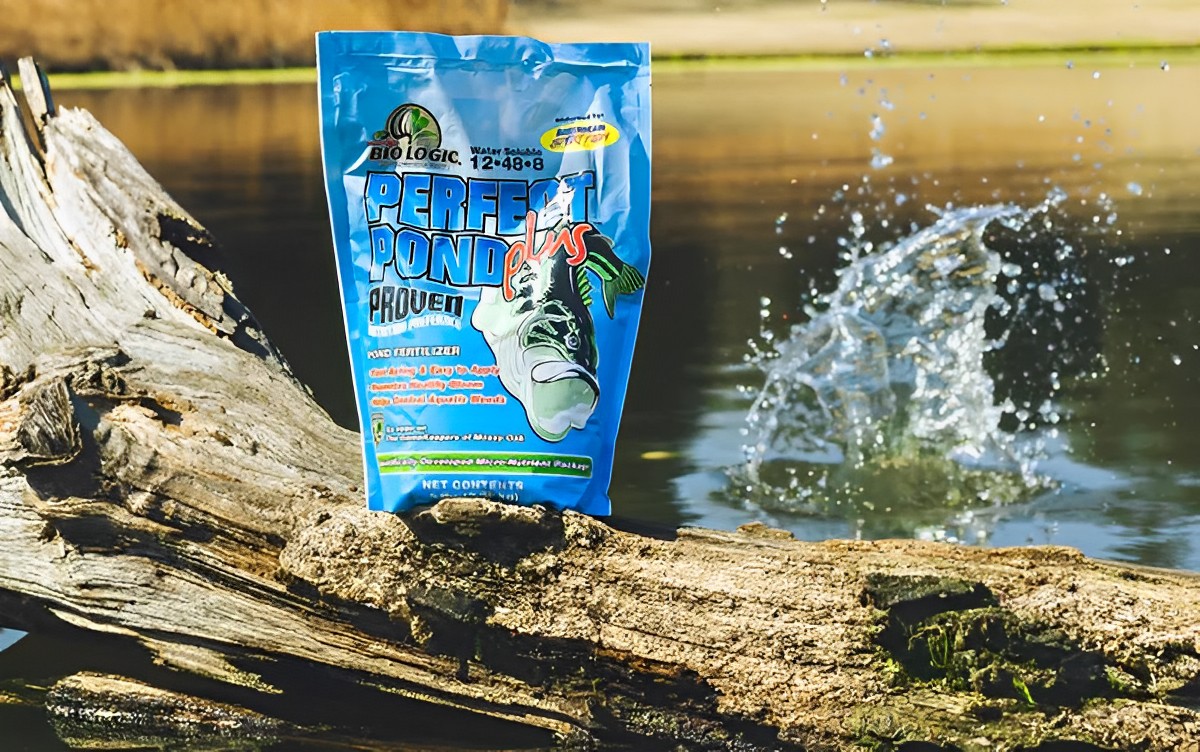
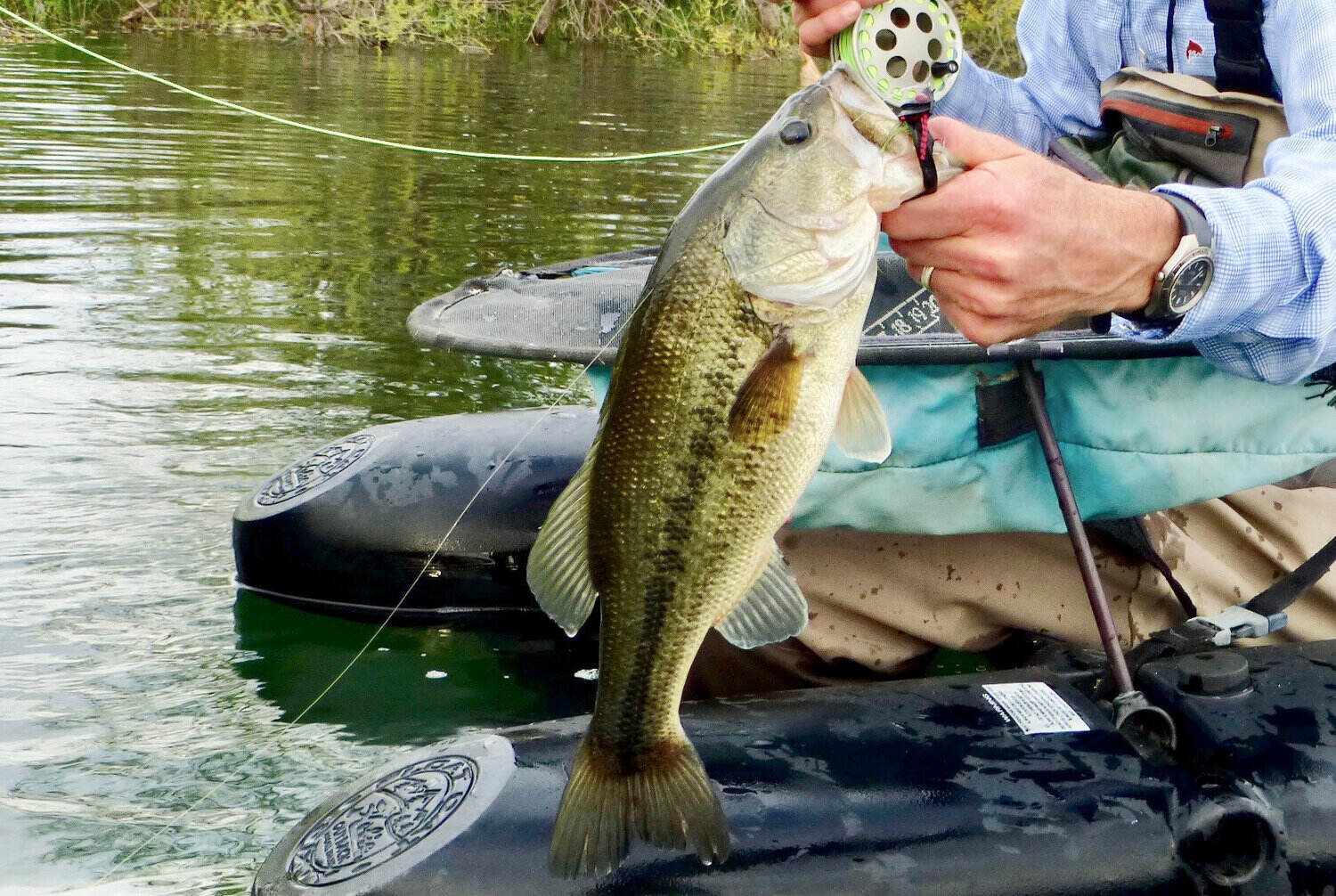
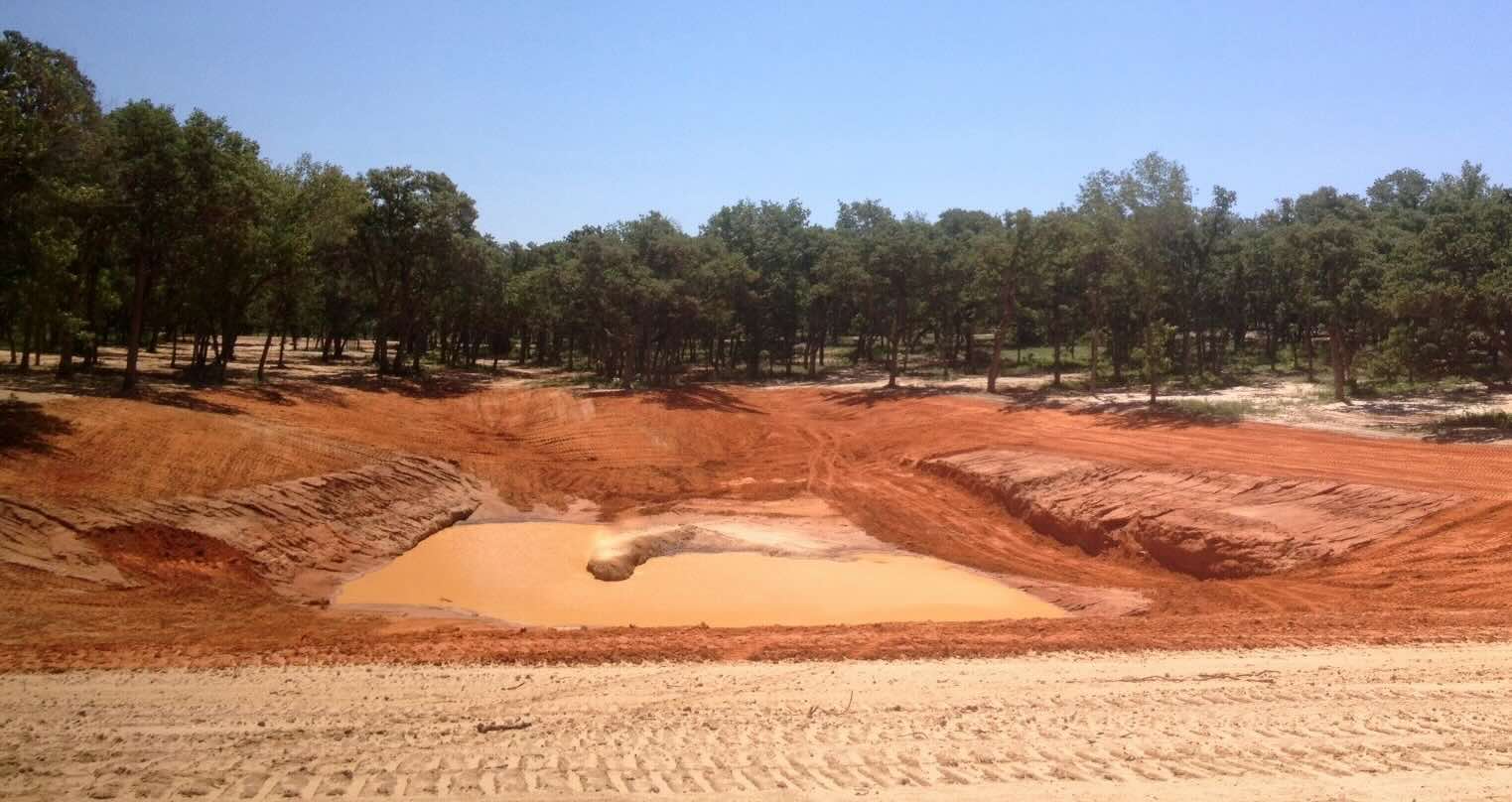
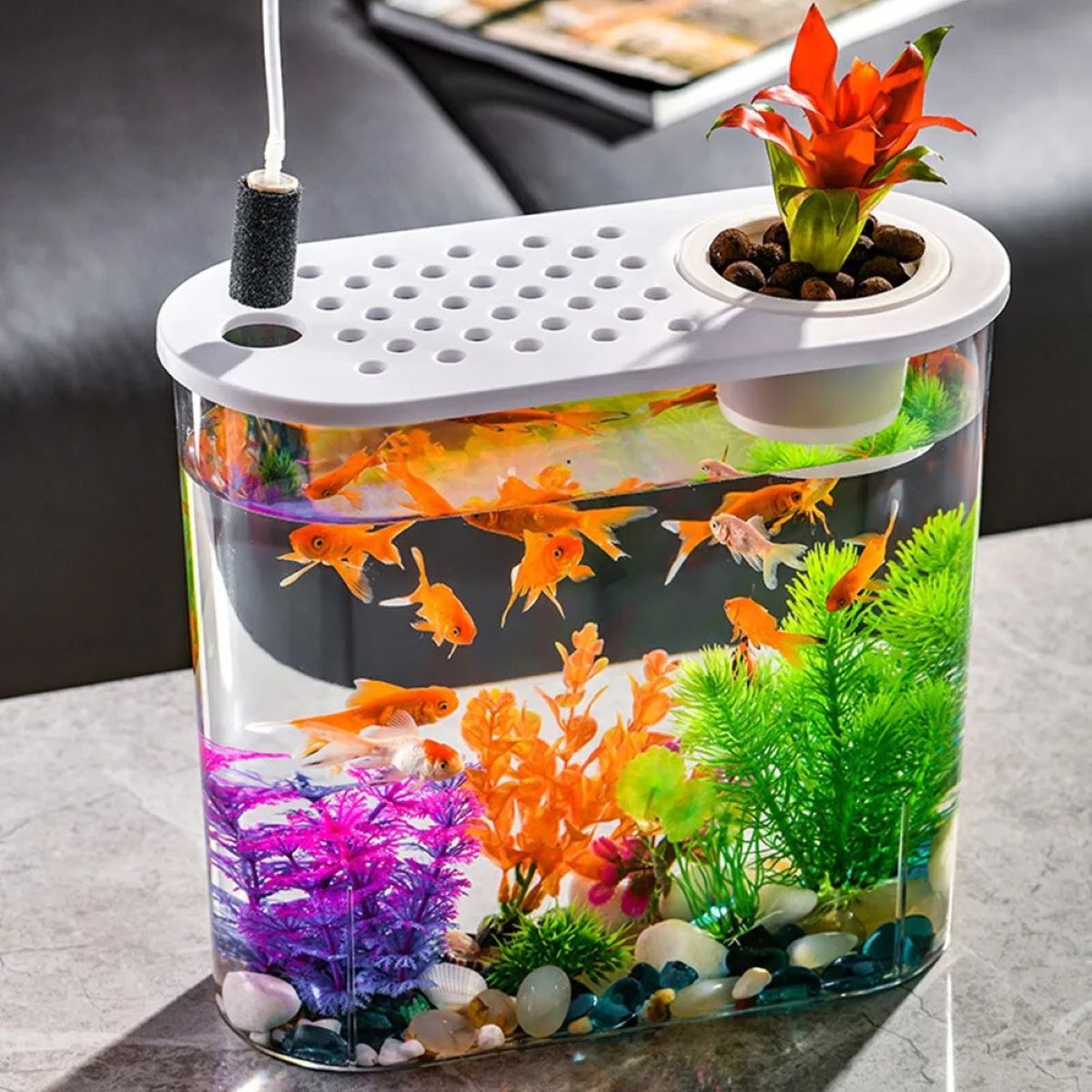
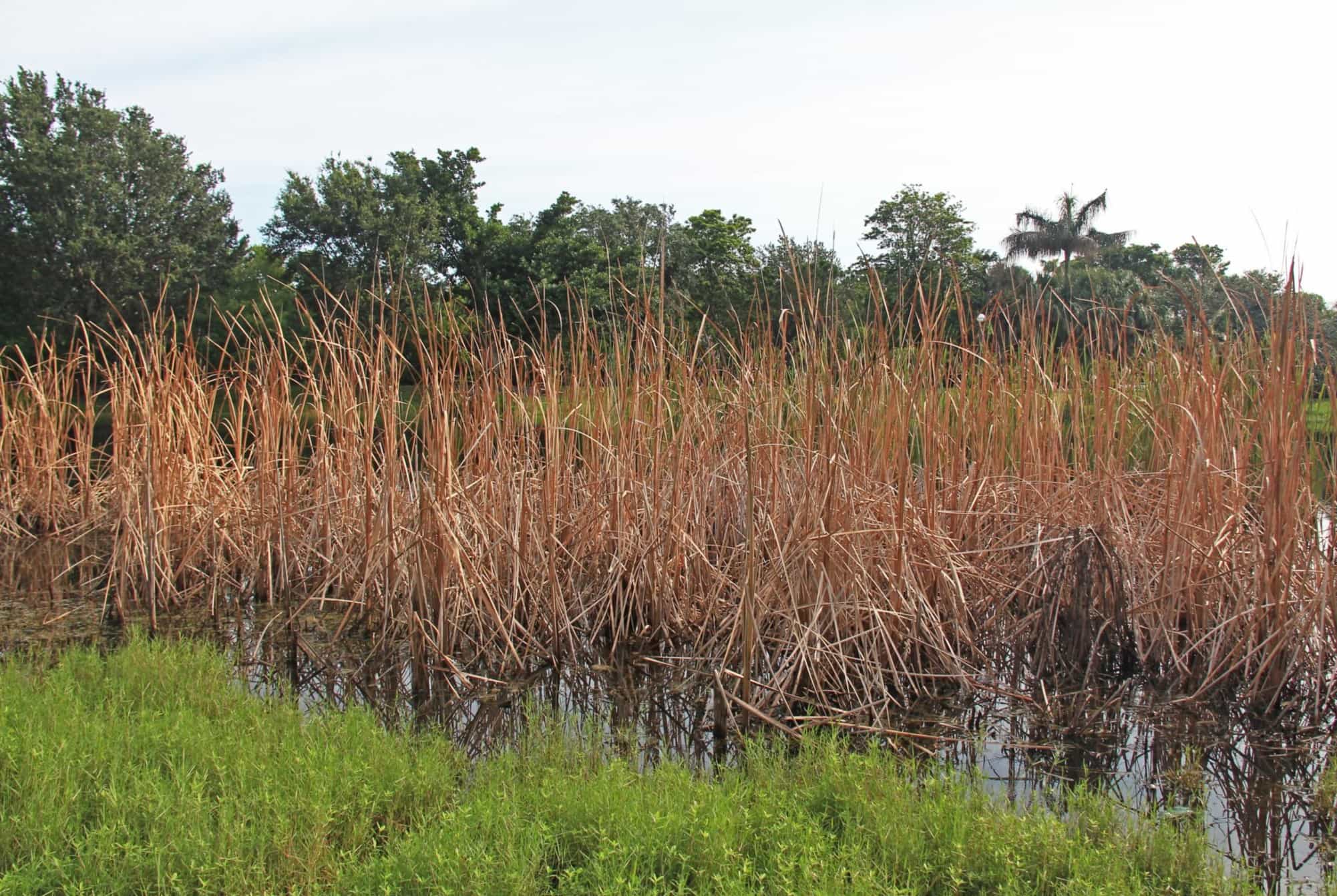
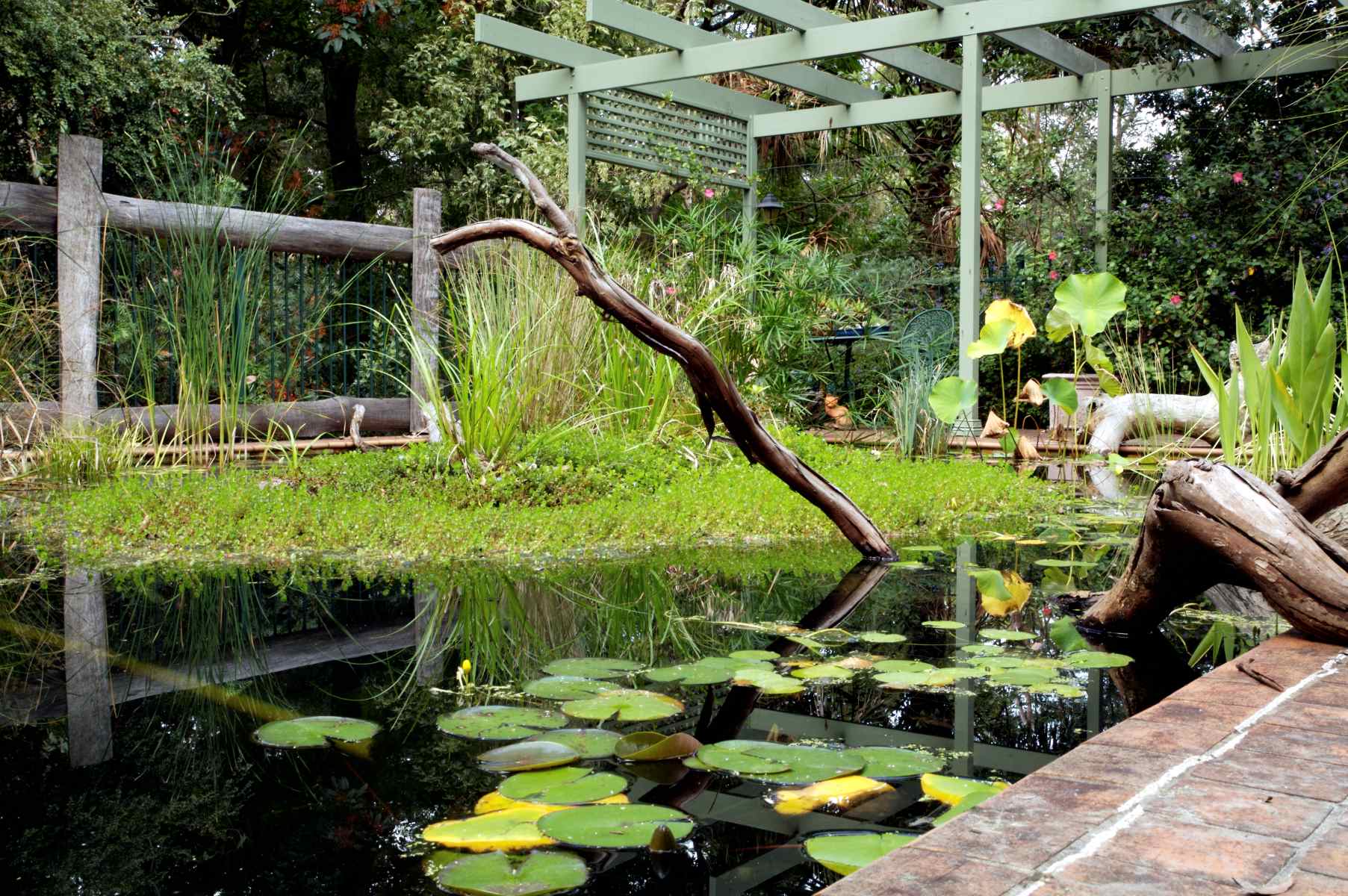
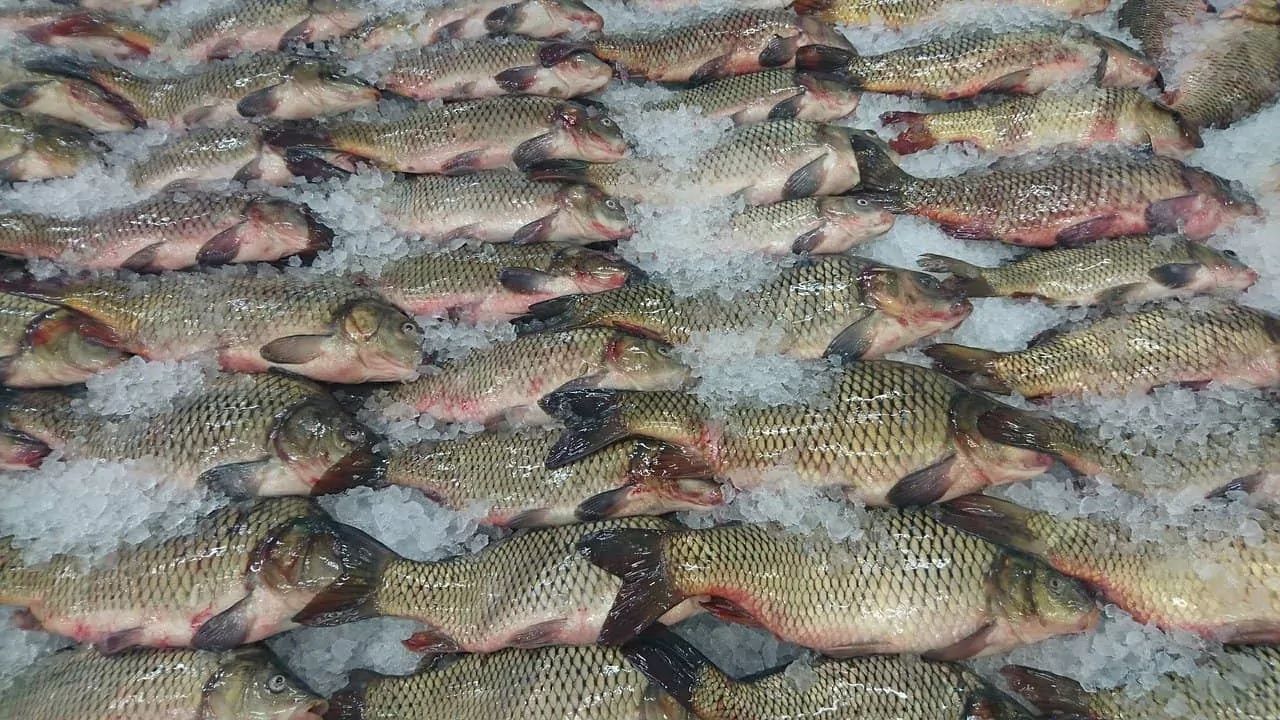

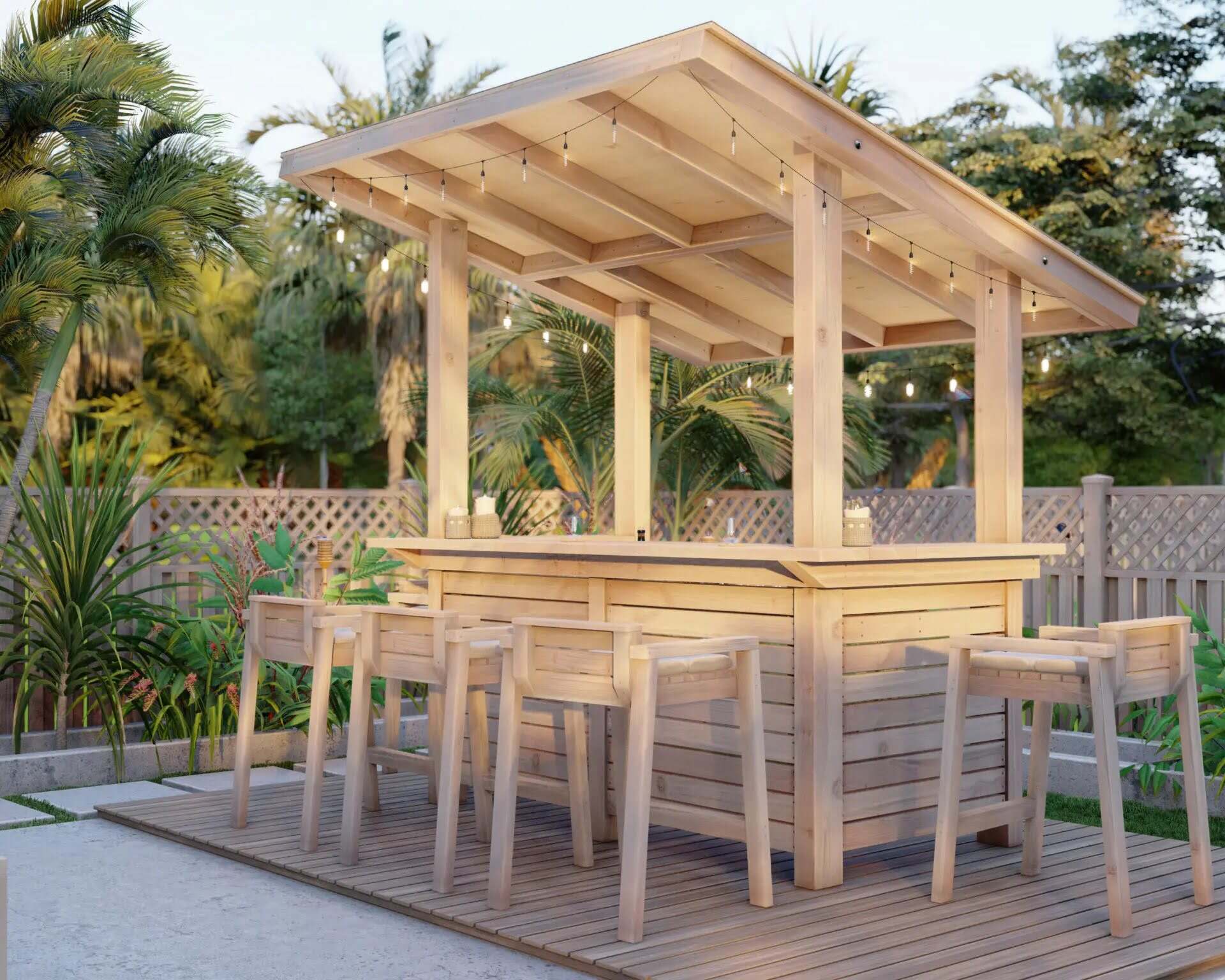

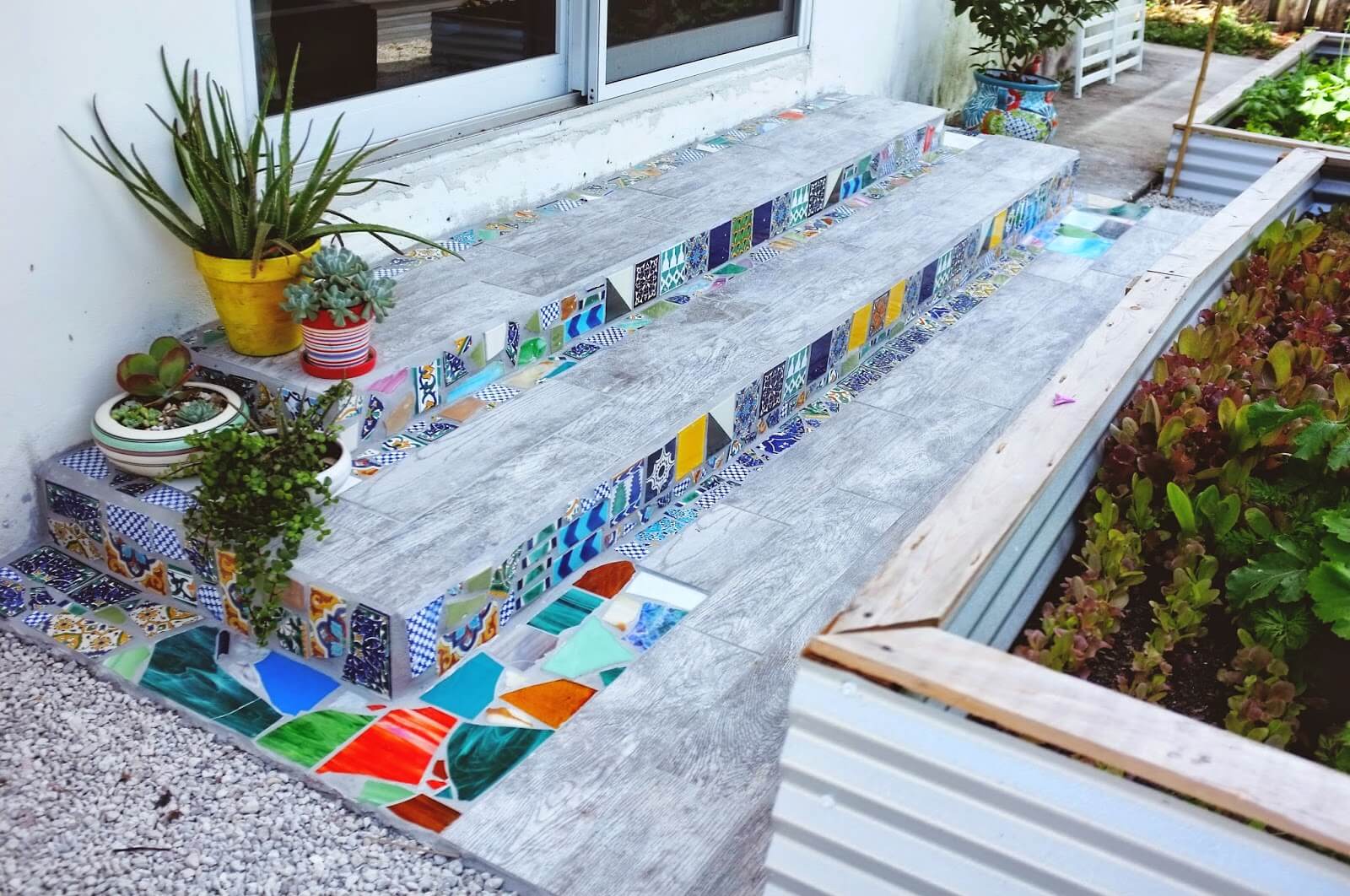
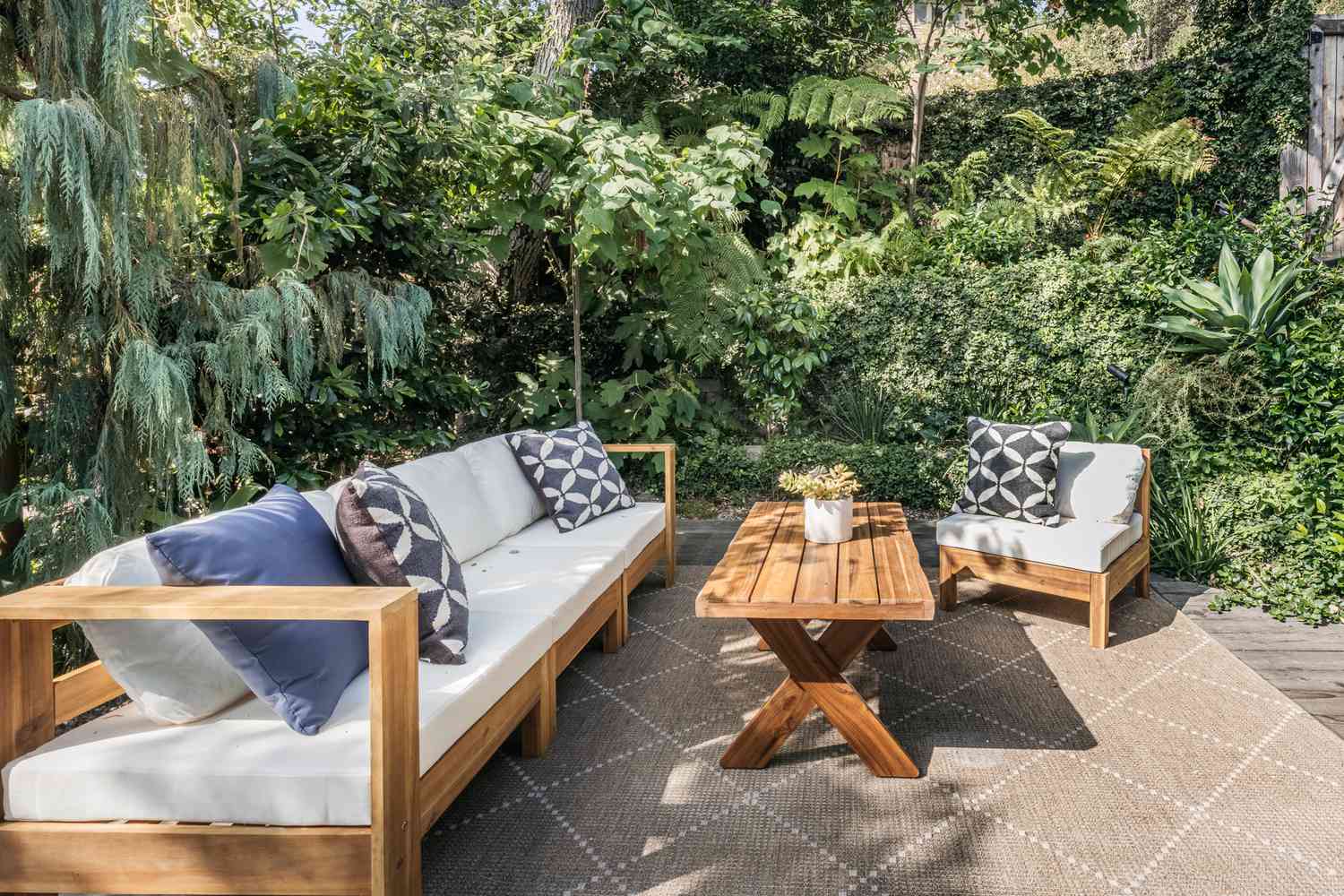
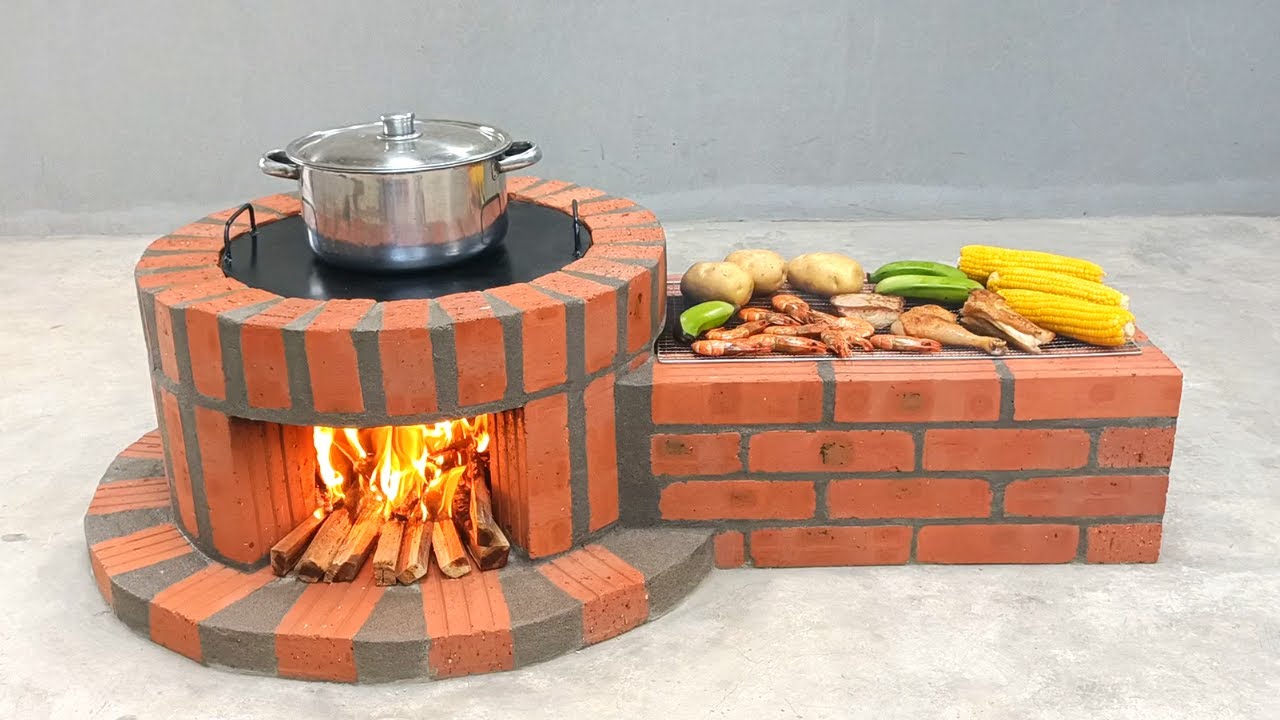
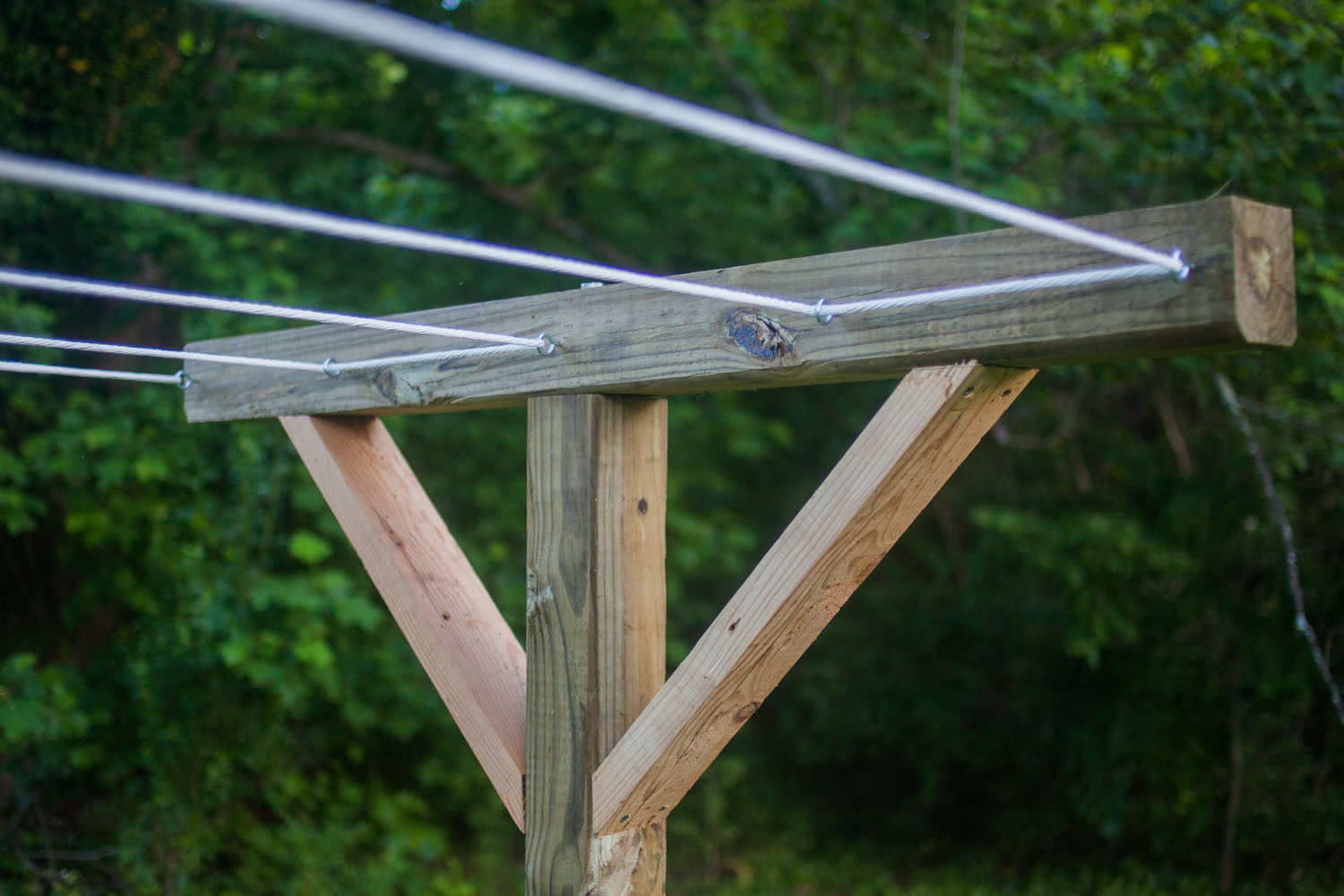

0 thoughts on “How To Make An Outdoor Fish Pond”